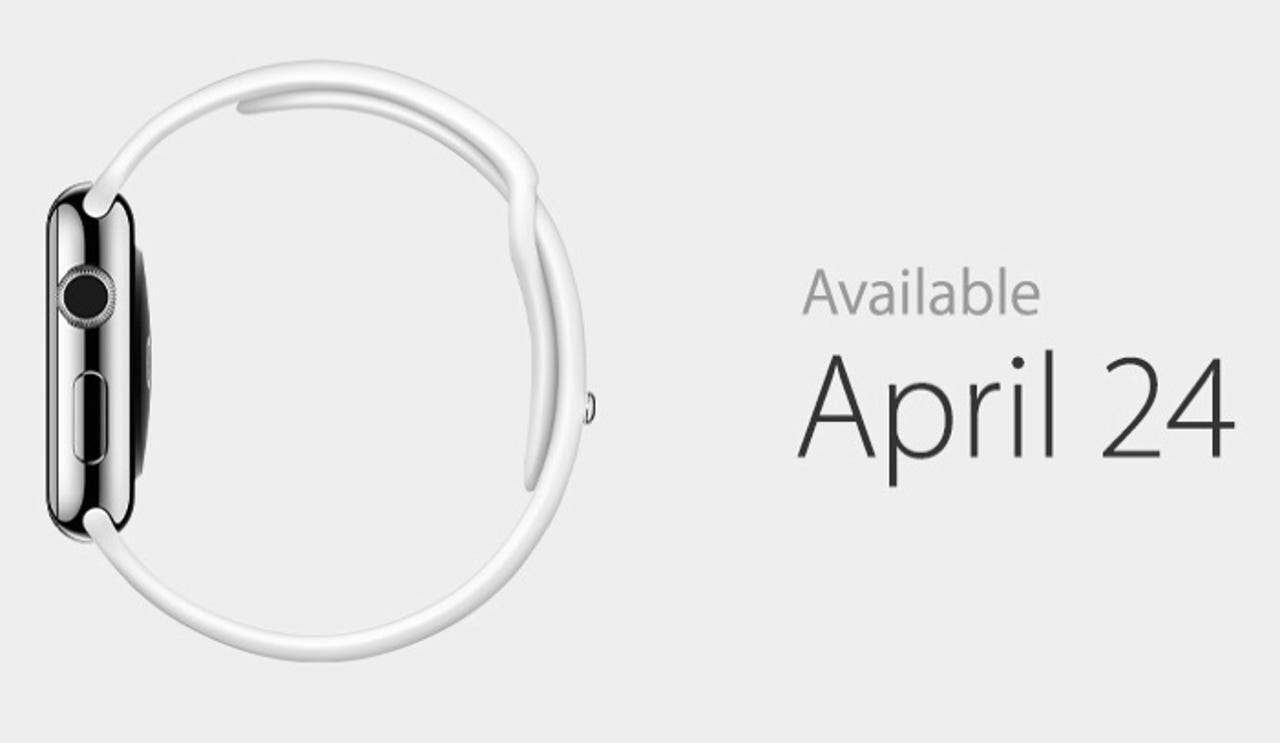AppleCare+ for Apple Watch by the numbers: Big potential revenues

Pre-orders for the Apple Watch begin one week from today on April 10 with availability of the wearable device two weeks after that. April 24 is the day you'll be able to walk into an Apple Store for the watch, along with the reported option of AppleCare+ protection.
Sources tell 9to5 Mac's Marc Gurman what to expect when it comes to AppleCare+ pricing for the watch: $59 for the Sport, $79 for the standard Apple Watch and a whopping $999 for the Apple Watch Edition. Apple hasn't officially announced such pricing yet but Gurman's scoops are generally accurate. Gurman reports that AppleCare+ for the watch will differ from iPhone and iPad protection plans in that it will cover two additional years of support instead of just one.

At first glance, these prices may seem high, but I don't think they are. And they represent another reasonably large revenue stream for Apple. So why don't the prices seem too exorbitant? Two reasons come to mind.
First is the watch industry itself. I occasionally add to my analog watch collection with my last purchase being a $700 Hamilton bought at Tourneau, an authorized watch dealer for many brands. As soon as I decided on the watch I wanted, what did the salesman offer? A timepiece protection plan, which I bought for around $120, covering everything for two years. These plans aren't uncommon at all for mechanical timepieces; premium watch buyers are used to this.
Featured
Second is the precedent sent by Apple on its other products. Buy an iPhone for $650 or more and you can add AppleCare+ for $99 to add an additional year of support and protection, plus two replacements (for a $79 charge) on any accidental damage. In this case, AppleCare+ works out to 15.23 percent of the base model iPhone's purchase price.
The starting price for an Apple Watch Sport edition is $349, making the $59 AppleCare+ again 16.9 percent of the purchase price. The percentage is a bit lower for the base Apple Watch: A $79 AppleCare+ plan costs 14.38 percent of the watch price. On a percentage basis, AppleCare+ for the Apple Watch edition is the best deal on paper, working out to an even 10 percent of the watch price, but this model will be a small percentage of total Apple Watch sales.
How much revenue could AppleCare+ generate for Apple then? We'll likely never know for sure, but we can make some reasonable assumptions. If you figure that just one in 10 iPhone owners that bought an iPhone in the past year buy an Apple Watch in the next 12 months and again 1 in 10 of those go for AppleCare+, the figure is more than $100 million. And I think the 10 percent attach rates here are conservative.
Based on Apple's own reported figures, the company has sold 192.66 million iPhones in the past four fiscal quarters. Some people who bought iPhones prior to that may opt to buy an Apple Watch, but again, let's keep this fairly conservative and ignore them for the moment.
Apple Watch: Here are five business models it will disrupt
A 10 percent annual attach rate would work out to 19.26 million Apple Watches sold. Let's keep things simple and dismiss those who spend $10,000 or more for the pricey Apple Watch Edition. A split between the two other base models -- and again using the 10 percent AppleCare+ attach rate estimate -- would give Apple 1.9 million protection plans for its new wearable device. Use the average cost between the two reported plans and you get nearly 2 million people paying $69 to Apple, adding a theoretical $138 million in annual revenue.
That's a drop in the bucket for Apple's overflowing bank accounts, of course, but I think it's also a worst case scenario based on the conservative estimates and by using base model watch pricing. Boosting attach rates for the Apple Watch will only put upward pressure on the revenue for AppleCare+. And I'm not even accounting for the expensive Apple Watch Edition, which has the potential to add another $1,000 per buyer.
As far as those estimates on how many Apple Watch buyers will opt for the protection plan, I think a fair number will.
No, they won't likely be dropping their watch accidentally like they might with an iPhone or iPad. But a watch is often "invisible" when you're not looking at it; it's far too easy to forget you're wearing one only to bang your wrist into a desk, cabinet, door or something else that will scratch or break your favorite timepiece.